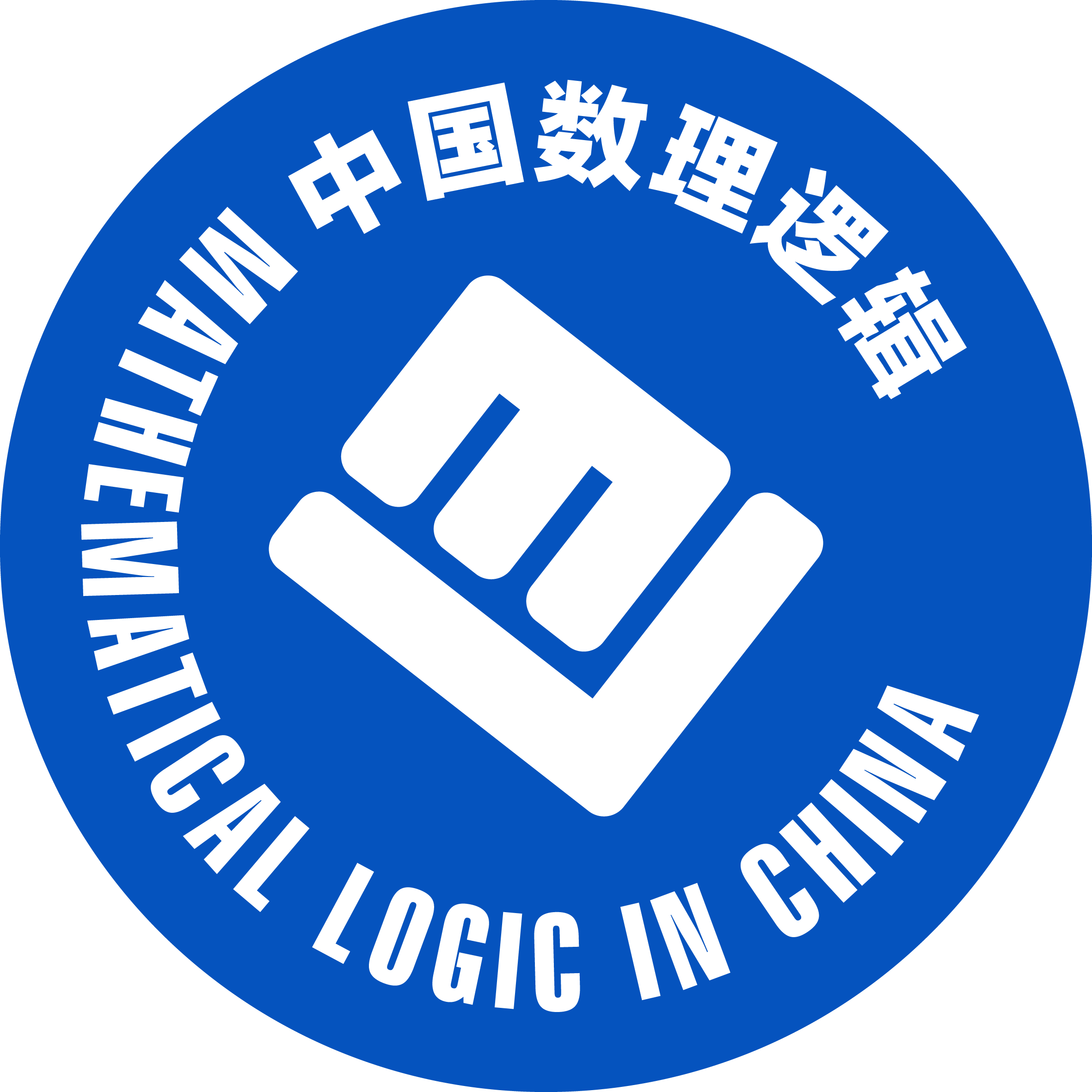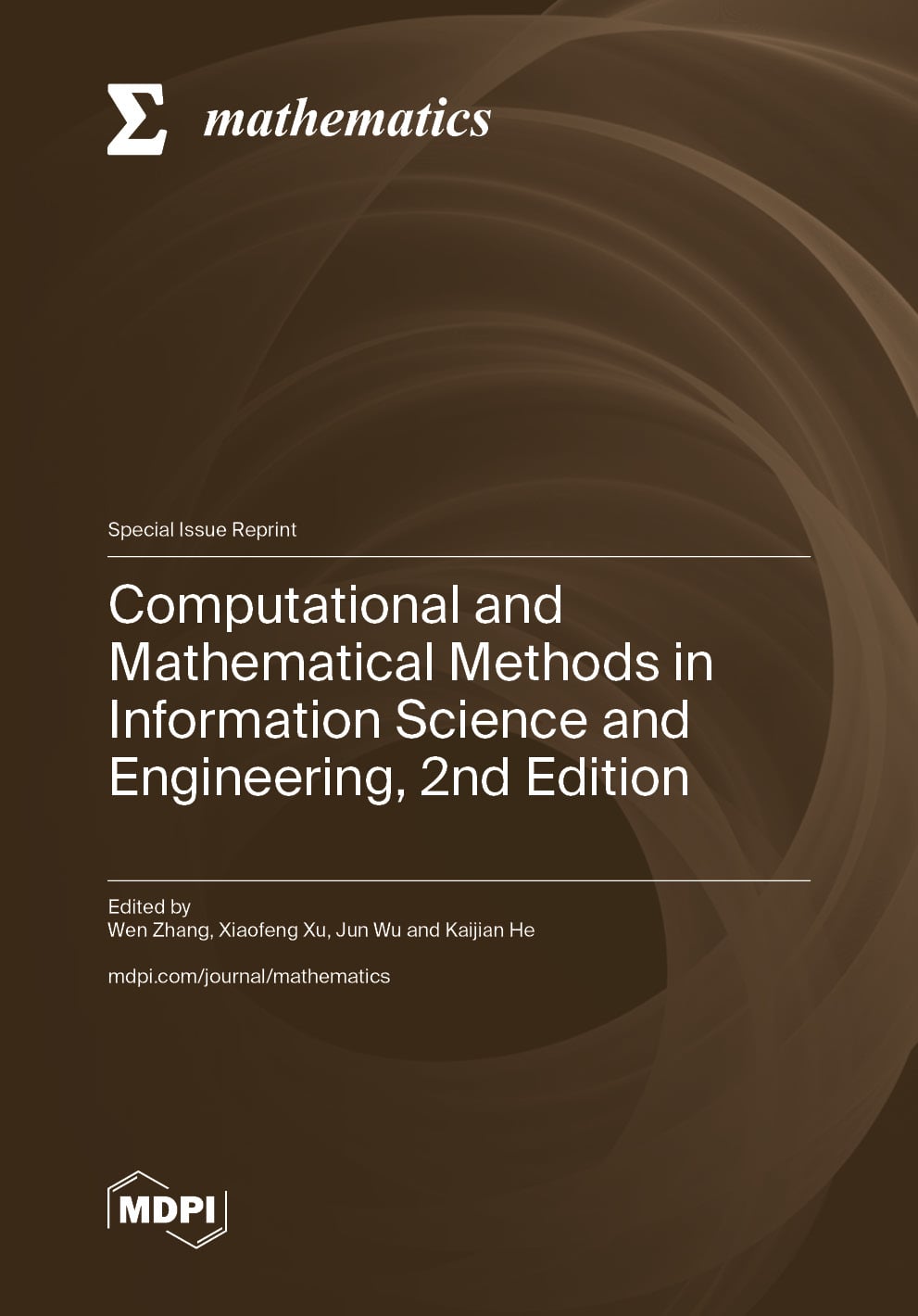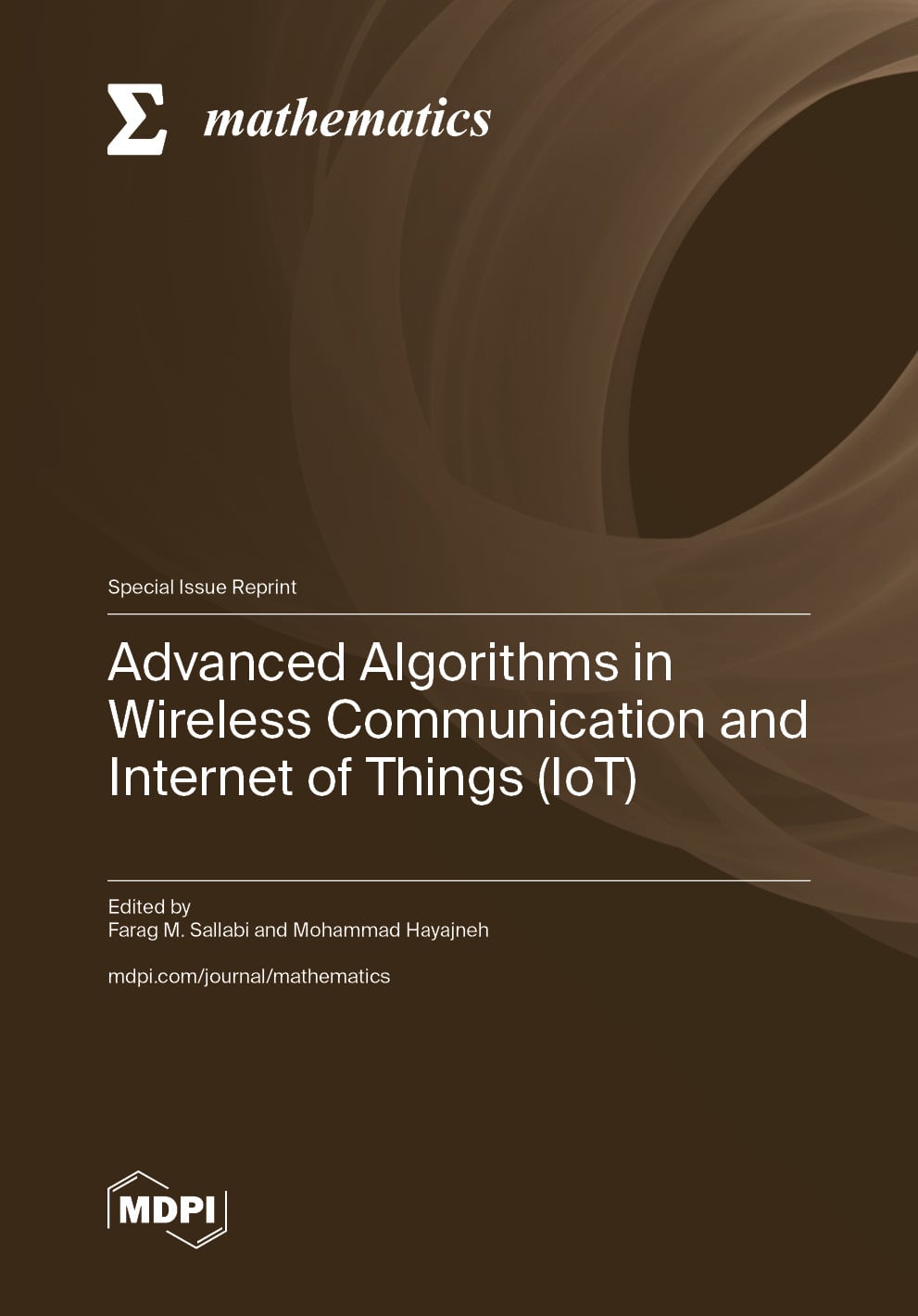- Article
The Shape of Chaos: A Geometric Perspective on Characterizing Chaos
- José Luis Echenausía-Monroy,
- Luis Javier Ontañón-García and
- Daniel Alejandro Magallón-García
- + 5 authors
Chaotic dynamical systems are ubiquitous in nature and modern technology, with applications ranging from secure communications and cryptography to the design of chaos-based sensors and modeling biological phenomena such as arrhythmias and neuronal behavior. Given their complexity, precise analysis of these systems is crucial for both theoretical understanding and practical implementation. The characterization of chaotic dynamical systems typically relies on conventional measures such as Lyapunov exponents and fractal dimensions. While these metrics are fundamental for describing dynamical behavior, they are often computationally expensive and may fail to capture subtle changes in the overall geometry of the attractor, limiting comparisons between systems with topologically similar structures and similar values in common chaos metrics such as the Lyapunov exponent. To address this limitation, this work proposes a geometric framework that treats chaotic attractors as spatial objects, using topological tools—specifically the -sphere—to quantify their shape and spatial extent. The proposed method was validated using Chua’s system (including two reported variations), the Rössler system (standard and piecewise-linear), and a fractional-order multi-scroll system. A parametric characterization of the Rössler system was also performed by varying parameter b. Experimental results show that this geometric approach successfully distinguishes between attractors where classical metrics reveal no perceptible differences, in addition to being computationally simpler. Notably, we observed geometric variations of up to 80% among attractors with similar dynamics and introduced a specific index to quantify these global discrepancies. Although this geometric analysis serves as a complement rather than a substitute for chaos detection, it provides a reliable and interpretable metric for differentiating systems and selecting attractors based on their spatial properties.
20 December 2025






